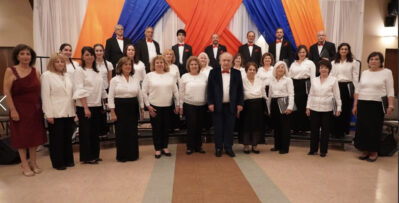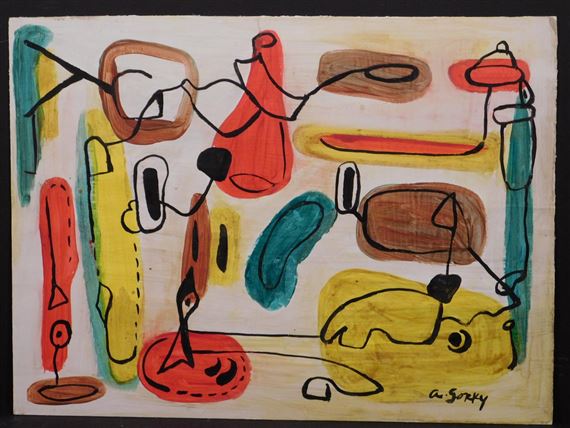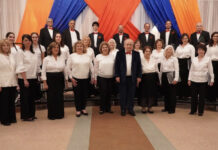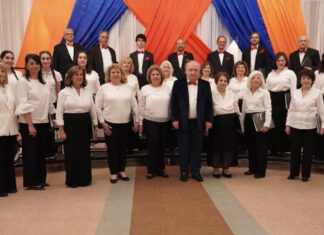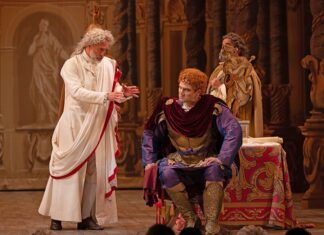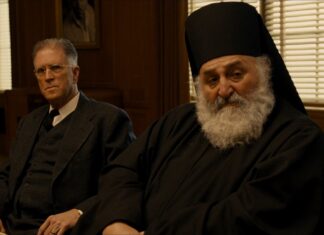VENICE (Panorama.am) — With the opening of the 2019 Venice Biennale less than six months away, many participating nations have picked artists for their pavilions, and details about the central show, curated by Ralph Rugoff, are trickling out.

Now there is news of another contribution to the glorious bounty of art that will overtake the Most Serene Republic when the Biennale opens in May: a retrospective for the painter Arshile Gorky, the Armenian-American’s first in Italy, to be staged at the Ca’ Pesaro museum of modern art, a sumptuous baroque palace along the Grand Canal, ARTnews reports.
Titled “Arshile Gorky: 1904–1948” (the years that bracketed Gorky’s painfully short life, which he ended by suicide), the exhibition will chart the full span of his career, from early experiments in an array of modes informed by historical painters to his astonishing late work, which was a sturdy, ingenious bridge between Surrealism and Abstract-Expressionism. The show will sport some 80 works, from Tate in London, the National Gallery of Art in Washington, D.C., the Centre Pompidou in Paris, and elsewhere, and is being presented in cooperation with the Arshile Gorky Foundation, which is represented by Hauser & Wirth gallery.
Handling curatorial duties for the show, which runs from May 8 through September 22, 2019, are Gabriella Belli, the director of the Fondazione Musei Civici di Venezia (which includes Ca’ Pesaro) and Edith Devaney, the curator of the Royal Academy of Arts in London, where she organized the landmark exhibition “Abstract Expressionism” in 2016.
Asked about the thrust of their plan, Devaney noted that no less a figure than Alfred H. Barr, Jr., the founding director of the Museum of Modern Art in New York, once derided the artist’s work up until 1943 as derivative, overly indebted to greats of the past. But “what we can see from our perspective now, and what this retrospective survey seeks to demonstrate,” she said, “is that Gorky’s artistic voice can be detected from the very start — even when he appears to be immersed in an interrogation of the work of others.”
Gorky, Devaney said, was “synthesizing a new approach to painting,” and his interest in mining the work of his predecessors and peers in order to do so can be seen even in some of his later works.
